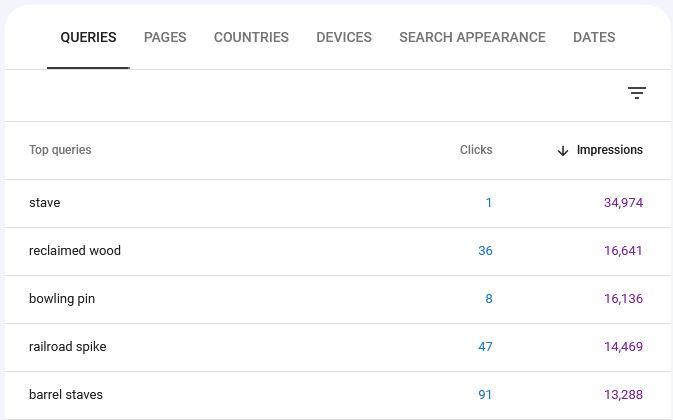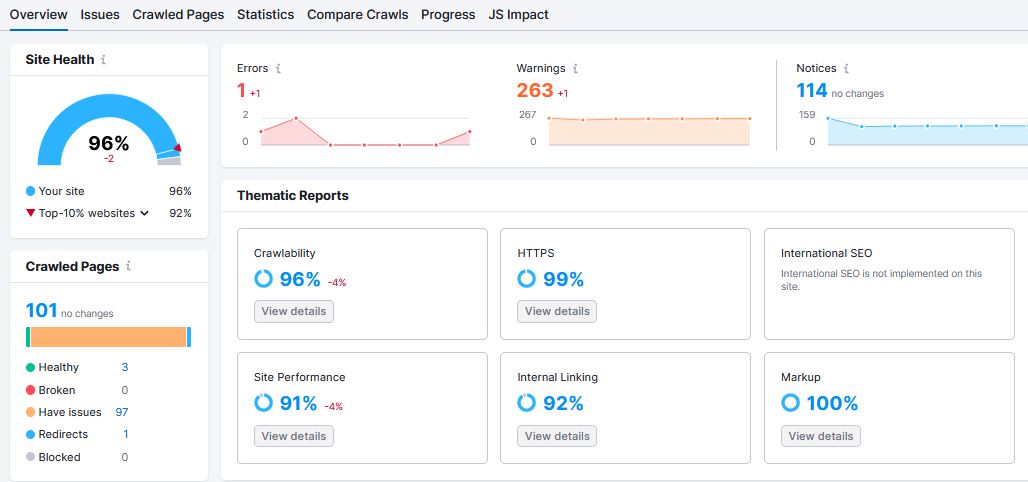Search Engine Optimization is a never-ending process as the algorithms are constantly changing and your competitors are continuously updating their websites and content strategy. With so many moving pieces, it is critical to have a proactive SEO strategy to keep your business from falling behind. Here weekly search engine optimization tactics to stay competitive.
It is important to always start by making data driven decisions. There is a wealth of free data available if you have the right measurement strategy in place such as:
Some of the core vitals we make sure to monitor on a weekly basis included first looking at website traffic within Google Analytics viewing week over week and year over year for trends or shifts in where traffic is coming from. We also look at how that traffic is engaging and converting because as great as traffic is, we want to make sure it is the right traffic by seeing users engage with metrics like time on site, pages visited, conversions, etc.
Once we see how that traffic may be dipping or growing we use other tools such as Google Search Console (see example screenshot below) and Bing Webmaster tools to view keyword specific trends as well as page visibility trends. This gives us a better idea of “why” some of the traffic is changing allowing us to make data driven decisions on our content strategy and where we may need to tune or further optimize to improve metrics.

Bing Webmaster Tools or other paid tools like SEMRush or Screamingfrog can be used to scan your website regularly in order to identify technical SEO health and opportunities. Depending on the scan they can help you identify items such as:
You can then use this information to roadmap out those opportunities or enhancements since they may range in level of difficulty and amount of time needed to be fixed.
Below is an image of the SEMRush site scan overview giving you a quick glance of the health of your website from an Search Engine Optimization standpoint.

If you are a local business, your local business listings such as Google Business Profile Manager and Bing Places should be updated and maintained regularly. If left abandoned for a certain amount of time they wont perform as optimally and in the case of Bing they get flagged as “low confidence” and are no longer shown in the search engine. Content that should be updated weekly include:
If you can’t monitor and take action on your SEO strategy weekly, don’t just avoid these tips. Give yourself realistic goals of what you and your team can achieve and start there. Any optimization is better than none! Need help with these weekly search engine optimization tactics or your SEO strategy? Contact us for a free consultation.
| Cookie | Duration | Description |
|---|---|---|
| cookielawinfo-checkbox-analytics | 11 months | This cookie is set by GDPR Cookie Consent plugin. The cookie is used to store the user consent for the cookies in the category "Analytics". |
| cookielawinfo-checkbox-functional | 11 months | The cookie is set by GDPR cookie consent to record the user consent for the cookies in the category "Functional". |
| cookielawinfo-checkbox-necessary | 11 months | This cookie is set by GDPR Cookie Consent plugin. The cookies is used to store the user consent for the cookies in the category "Necessary". |
| cookielawinfo-checkbox-others | 11 months | This cookie is set by GDPR Cookie Consent plugin. The cookie is used to store the user consent for the cookies in the category "Other. |
| cookielawinfo-checkbox-performance | 11 months | This cookie is set by GDPR Cookie Consent plugin. The cookie is used to store the user consent for the cookies in the category "Performance". |
| viewed_cookie_policy | 11 months | The cookie is set by the GDPR Cookie Consent plugin and is used to store whether or not user has consented to the use of cookies. It does not store any personal data. |